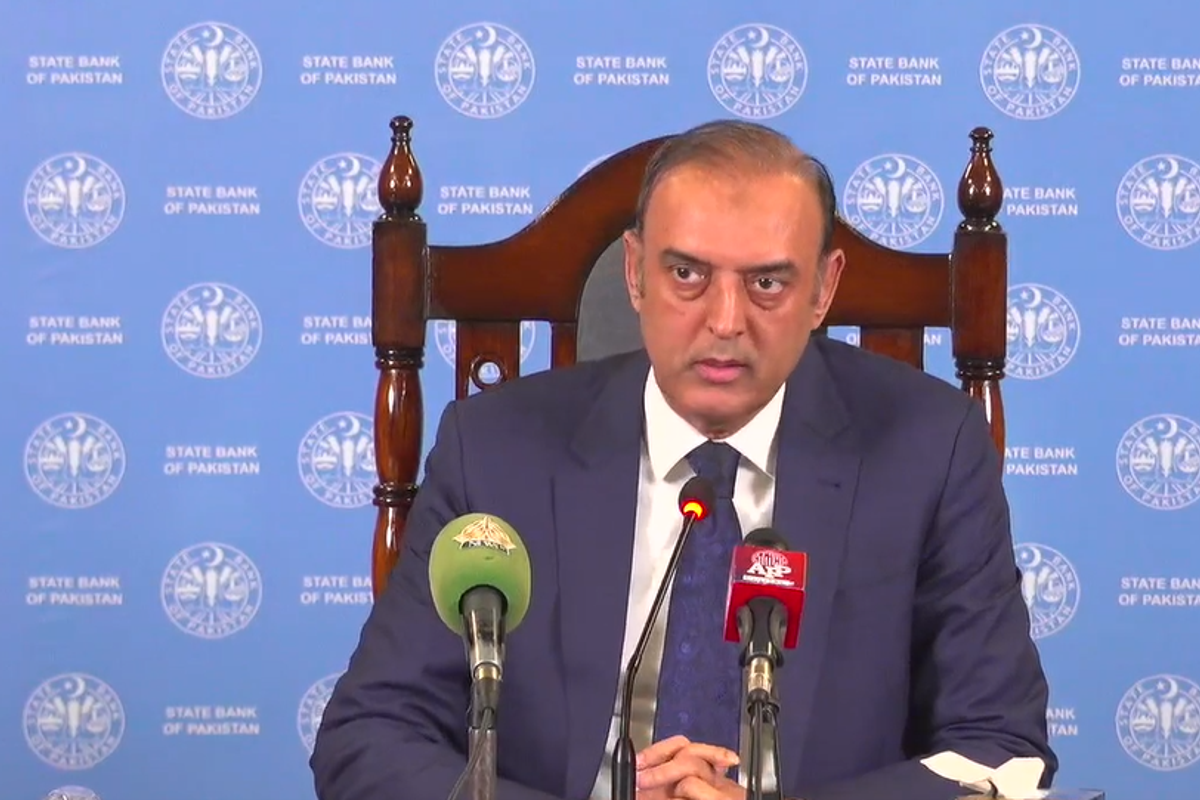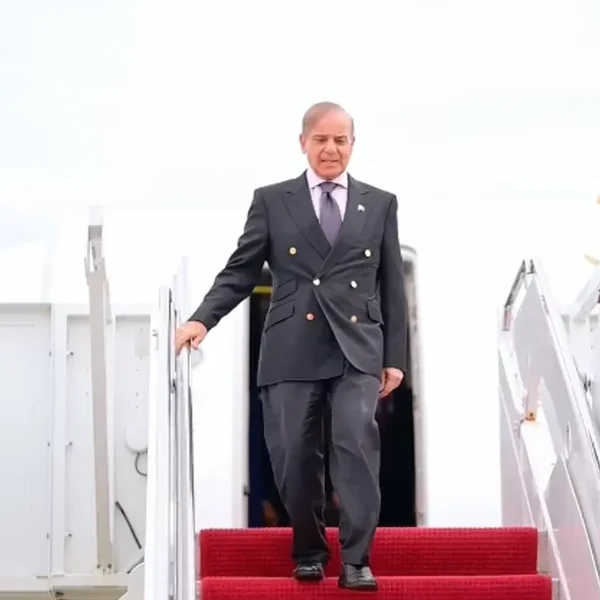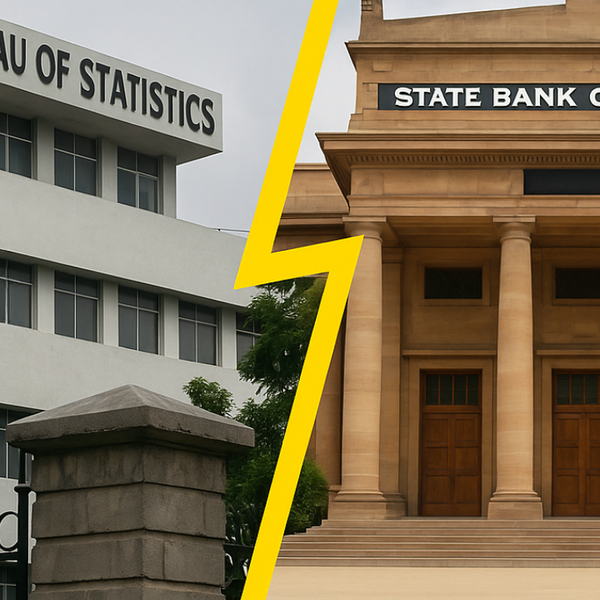Pakistan’s central bank bought $20 billion for reserves, profit repatriation, says governor
Governor Jameel Ahmed says reserves have risen despite debt repayments

Haris Zamir
Business Editor
Experience of almost 33 years where started the journey of financial journalism from Business Recorder in 1992. From 2006 onwards attached with Television Media worked at Sun Tv, Dawn Tv, Geo Tv and Dunya Tv. During the period also worked as a stringer for Bloomberg for seven years and Dow Jones for five years. Also wrote articles for several highly acclaimed periodicals like the Newsline, Pakistan Gulf Economist and Money Matters (The News publications)

State Bank of Pakistan Governor Jameel Ahmed
The State Bank of Pakistan (SBP) has purchased about $20 billion from the market over the past three years to maintain foreign exchange reserves at a targeted level and ensure the smooth repatriation of profits and dividends, Governor Jameel Ahmed said Monday.
Speaking at an analyst briefing following the announcement of the latest monetary policy, Ahmed said the central bank continues to buy U.S. dollars even after meeting repatriation requirements. Earlier in the day, the SBP’s Monetary Policy Committee decided to keep the benchmark interest rate unchanged at 11% for the fourth consecutive meeting.
Ahmed noted that Pakistan has successfully concluded the latest review with the International Monetary Fund, reaching a staff-level agreement under the Extended Fund Facility (EFF) and the Resilience and Sustainability Facility (RSF). The IMF Board is expected to meet by December 2025 to approve the review, which would enable Pakistan to receive around $1.2 billion in combined disbursements.
He added that foreign exchange reserves have been rising steadily despite ongoing debt repayments, currently standing at $14.5 billion, with a target of $15.5 billion by December. The buildup is primarily driven by foreign exchange interventions aimed at improving import coverage from around 2.5 months to approximately three months.
Debt and external position
The governor said total external debt obligations for fiscal year 2026 amount to $25.9 billion, comprising $21.8 billion in principal repayments and $4.1 billion in interest payments. So far, $3.1 billion has been repaid, with some obligations rolled over.
Pakistan’s external debt has remained broadly stable over the past three years at around $100 billion, with no significant new external borrowing.
Ahmed added that the country’s sovereign risk profile has improved markedly, as all three major rating agencies upgraded their outlooks. Eurobond yields have dropped to single digits, and the five-year credit default swap spread has fallen sharply from 7,851 basis points in December 2022 to 417 basis points in October this year, reflecting stronger policy credibility and investor confidence.
Monetary and credit trends
The SBP reported that broad money (M2) growth decelerated to 12.3% year-on-year by October 10, driven by a decline in banks’ net domestic assets amid slower credit to non-bank financial institutions and contained government borrowing.
Private-sector credit, meanwhile, grew 17% year-on-year, supported by improving economic activity and easier financial conditions, with strong uptake across working capital, fixed investment, and consumer loans.
Flood impact and agriculture
Assessing the impact of the recent floods, the SBP said the overall damage is expected to be significantly lower than the devastation caused in 2022. Estimated losses amounted to PKR 423 billion in crops and PKR 2 billion in livestock.
While rice and sugarcane output exceeded Federal Committee on Agriculture (FCA) targets, cotton and maize fell short, though maize production is expected to recover in the second half of the year.
Comparing the floods to major past events in fiscal years 2011 and 2023, the central bank said current conditions are more favorable. Headline inflation stands at 5.6%, compared to 12.4% in FY11 and 24.9% in FY23.
The policy rate is 11%, lower than the 12.5% and 15% levels seen in those years, while international oil prices are around $70 per barrel, compared to $106 per barrel in FY23, easing pressure on the external account.
The SBP projected that the current account deficit will remain moderate at 0%-1% of GDP in FY26. Despite a temporary shortfall in September, the bank said lower oil prices, improved import coverage, and a softer inflation backdrop provide greater economic resilience compared to past flood episodes.
Growth and statistical clarifications
The governor reaffirmed that GDP growth is expected to align with the 30-year average of about 3.5%, likely settling in the upper band of the SBP’s projected range of 3.25%-4.25%.
Addressing discrepancies between SBP and Pakistan Bureau of Statistics (PBS) data, Ahmed explained that differences arise from separate methodologies. SBP figures are based on actual payments executed through the banking system, while PBS data rely on shipment records. “Such differences are structural and will continue to persist,” he said.
The SBP also aims to reduce the currency-in-circulation ratio under its Vision 2028 plan. The ratio, which stood at 42% in June 2023, declined to 35% by June 2025, with a target of 34% and beyond in the coming years.
The governor said the initiative is part of broader efforts to strengthen financial intermediation and move toward a more digitized and documented economy.










Comments
See what people are discussing